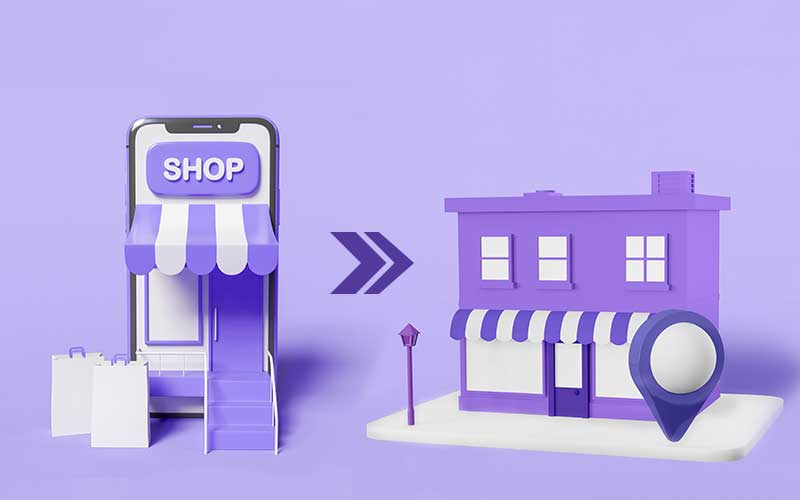The spike in virtual activities cannot replace physical stores and shopping. With the aggressive vaccine drives and the urge to go back to the normal way of doing things, as we slowly prepare to open up, brands and enterprises are working on resurgence strategies to stay relevant in the time. There’s a growing need of achieving a balanced state between driving traffic online and offline, this is where a well-crafted Online to Offline communication commerce comes into the picture.
What is O2O?
As a result of the digital revolution, we have not switched completely online but have rapidly started adopting strategies that create a synergy between offline and online. According to a leading publication, the 2020 APAC study showed that 86% of millennials try in-store before buying the same product online. Surprisingly, the current generation seeks an omnichannel experience that pushes the boundaries of online sales.
Looking for comprehensive O2O solutions for business communication?
Talk to Us!A comprehensive O2O framework includes receiving products purchased over the internet in a physical store, return and replacement of purchased goods over the internet to a physical store, and the ability to place orders online while shopping in a physical store.
How can Brands Create Personalized Shopping Experiences with a Strong O2O Framework?
O2O promises an effective growth inducing policy for the retailers by synchronizing the online browsing and offline in-store shopping experience for customers. The O2O model helps retailers to deliver a personalized experience to their customers after an extensive study and analysis of customer preferences; the idea is to offer omni-channel personalization grabbing better growth opportunities through right interactions.
Some of the key benefits of the O2O for India’s retail sector include the following:
- Increased trust in brands
- Reduced Delivery Time
- Enhanced E-commerce CX
- Omnichannel personalization
- Boost Conversion
- Faster CheckOuts
From generating awareness to induce a pre-visit to driving conversions during the visit and further deepening customer engagement post-visit, retailers who are successfully thriving in today’s fast-paced environment show a clear understanding of the primary influence moments in the customer’s journey.
While 65% feel Enhanced Online Communication is the need of the hour, 26% of the respondents feel online-to-offline synergy keeps up the engagement rate
Purchase is not the end goal for retailers, the job goes beyond as customer loyalty is the key to thrive in the long run. Hence, post-visit engagement is equally important. Sending location-based notifications, loyalty points for in-store visits, promo offers, showcasing the latest launch in store are some of the ways to keep the bond growing stronger and be in the top of the mind.
To put the customer in the infinite loop of online and offline commerce, physical and digital footprints need to be connected. These footprints help in achieving omnichannel personalization establishing a convergence between the two. Essentially, five digital touchpoints help in activating the personalized experiences – digital displays, interactive screens, mobile apps, tech-enabled assistance and point of sale. Here’s a summary of the journey and the touchpoints:
Digital and physical channels should work in tandem and reinforce each other bringing together the best of both worlds – online and offline to a customer. Instead of waiting for a perfect system to go up, brands can start small to scale up their growth further. Blending the digital and physical worlds is a proven model of sustainable growth. As the world slowly prepares for the next normal, an O2O framework will help retailers to have a strong grip in the market even with future uncertainties and shifting consumer behavior.
To create a blueprint of your communication strategy that fits your online-offline framework, talk to us right here:


